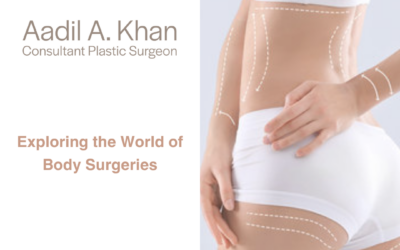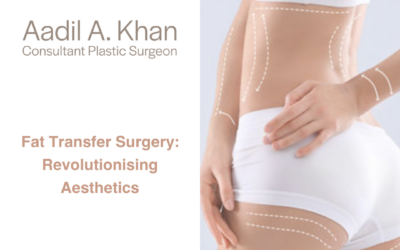Breast augmentation is a popular cosmetic surgery procedure that can enhance one’s appearance and boost self-confidence. When considering breast implant surgery, it’s crucial to understand the various options available to make an informed decision. In this blog post, we’ll explore the different types of breast implant surgery, including implant materials, shapes, and placement techniques.
Implant Materials
Breast implants are primarily categorized based on the materials used for their shells and fillings. There are two main types:
- Silicone Implants:
Silicone implants consist of a silicone shell filled with a silicone gel. These implants often mimic the look and feel of natural breast tissue. They come in various shapes, including round and teardrop (anatomical), and have different levels of cohesiveness, which affects their firmness.
- Saline Implants:
Saline implants have a silicone shell filled with sterile saline (saltwater) solution. They are typically less expensive than silicone implants and can be adjusted after surgery. However, they tend to have a firmer feel compared to silicone.
- Implant Shapes
Implants come in two primary shapes, each offering distinct aesthetic results:
- Round Implants:
Round implants provide fullness and symmetry to the breasts. They are a popular choice for those looking for a more voluptuous appearance. Round implants can be ideal for achieving a “push-up bra” effect.
- Teardrop (Anatomical) Implants:
Teardrop implants have a more natural shape, resembling the contour of a natural breast. They are thinner at the top and fuller at the bottom, providing a tapered appearance. Teardrop implants are often chosen by individuals seeking subtler, natural-looking results.
- Implant Placement
The placement of breast implants also plays a crucial role in the final outcome. There are two main placement options:
- Subglandular (Over the Muscle):
In this placement, the implant is positioned between the breast tissue and the chest muscle. Subglandular placement may result in a quicker recovery but may be less suitable for those with thinner breast tissue.
- Submuscular (Under the Muscle):
Submuscular placement involves positioning the implant beneath the chest muscle. This placement typically results in a more natural look and can reduce the risk of visible rippling or wrinkling. Recovery may take slightly longer.
Incision Techniques
Plastic Surgeons have different options for creating incisions during breast implant surgery:
- Inframammary Incision: This incision is made along the crease under the breast, allowing for precise implant placement and minimal visible scarring.
- Periareolar Incision: This incision is made around the edge of the areola (the pigmented area around the nipple). It can provide excellent access for implant placement and may help conceal scarring.
- Transaxillary Incision: In this technique, the incision is made in the armpit. This approach avoids scarring on the breast but may be less suitable for certain implant types.
Conclusion
When considering breast implant surgery, it’s crucial to consult with a board-certified plastic surgeon who can help you choose the right implant type, shape, and placement technique based on your goals and body type. Understanding the different options available is the first step toward achieving the desired results and enhancing your confidence and self-esteem through breast augmentation surgery.



